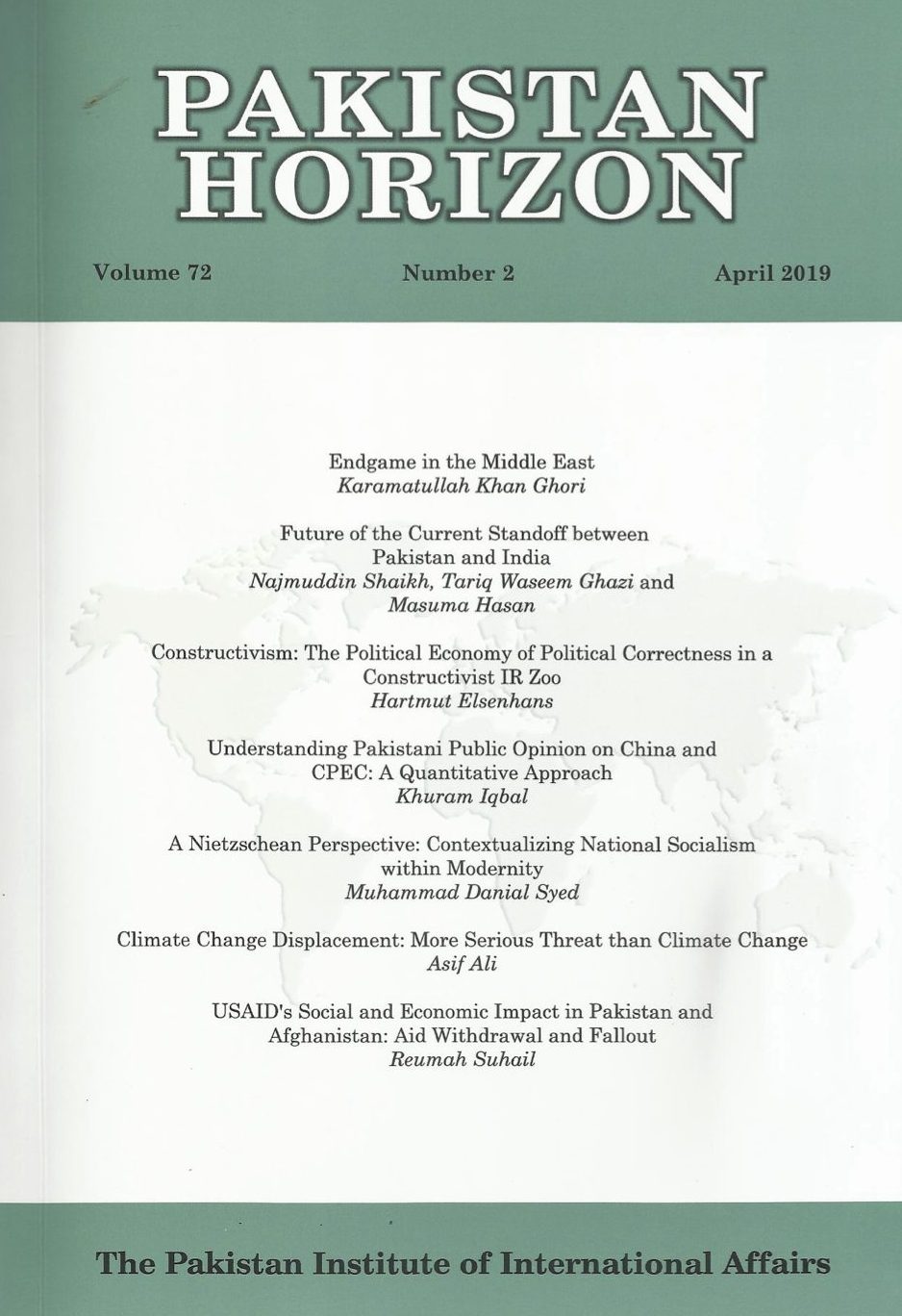
The Gulag played an important role throughout Soviet Russia and is a major point that is brought up when discussing the history of Russia from 1919 to 1960. To this date when one talks about Russia or its most infamous Soviet era leader Joseph Stalin, one recalls the Gulag even if one has only the basic knowledge about it. The system is renowned because through it, various individuals inflicted harm on millions of people. The Gulag was a part of the Soviet Russian System of governance and touched every person who lived in that era. Even today, in modern day Russia people recall the Gulag and its perpetrators with dread and horror. The Nazi concentration camp system and various other concentration camps that were similar mainly existed to exterminate their prisoners and had a brief lifespan. The Gulag however, lasted over decades and played a huge role in the industrialisation brought in by Stalin. It was a system that embedded itself in the penal system and the culture and society of the people in Russia and its effects can be seen to this day.
It is a vital exponent of Russian history that cannot be ignored if one wants to understand the culture, society and politics of that nation. GULAG is the Russian acronym for The Chief Administration of Corrective Labour Camps and Colonies of the Soviet Secret Police and has come to signify and represent the soviet slave labour in all forms and varieties as well as the repressive system and tyranny of the Stalin Era. The system was first established under Vladimir Lenin as an alternative to prison during the years immediately following the Bolshevik Revolution. Although it functioned from 1919 to 1960, the Gulag generally denoted the entire penal labour system in the USSR. It served as the Soviet Union’s main penal system for robbers, rapists, murderers, and thieves. Vast numbers of camps of all forms and varieties (labour camps, punishment camps, criminal and political camps, women’s camps, children’s camps, transit camps) were located mainly in the remote regions of Siberia and the Far North. Continue reading







